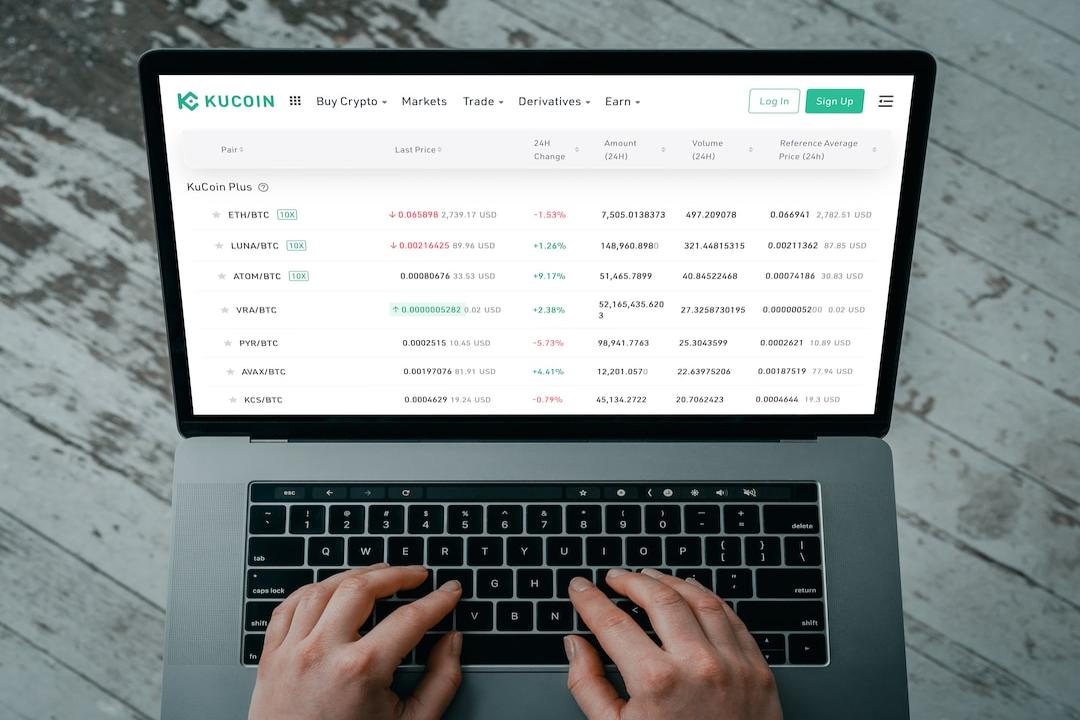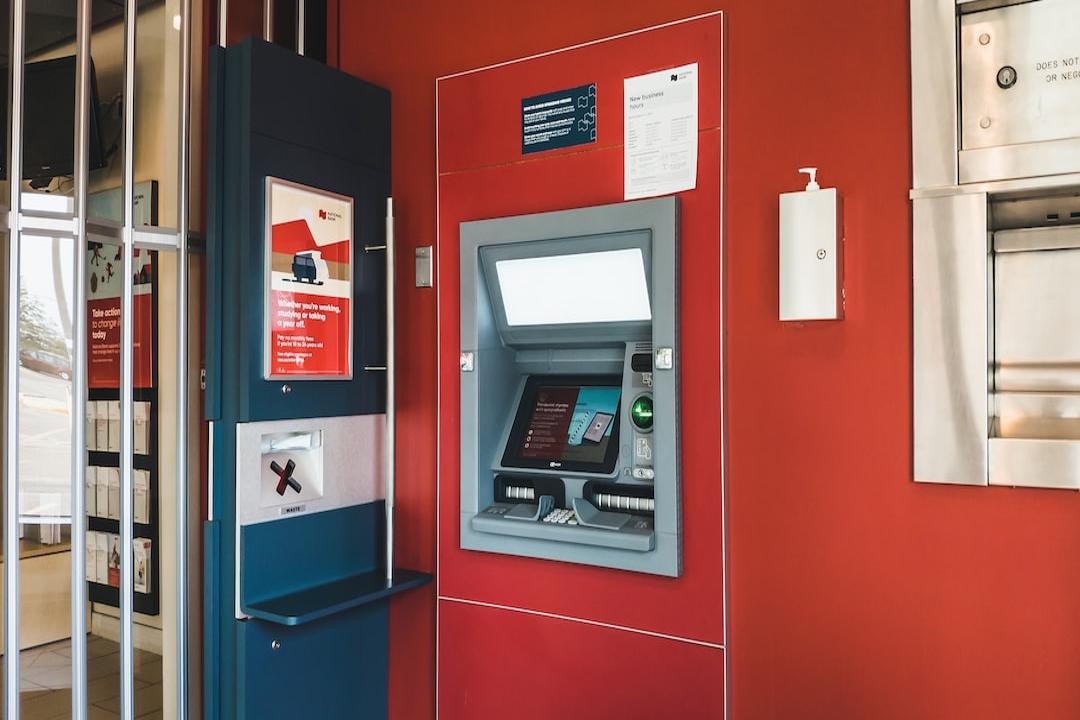Cryptocurrency derivatives have become a popular investment option for many people today. However, the complex user interfaces of exchanges and the wide range of investment jargon can be overwhelming for beginners.
To address this, “WEB3+” has launched a series of reports called “Cryptocurrency Investment in Plain Language.” These reports aim to introduce readers to the correct concepts of cryptocurrency investment, as well as the underlying logic, innovations, and latest trends.
So, what exactly is leverage trading? Leverage trading is a trading method that exists in both traditional finance and cryptocurrency investment. However, even in traditional finance, leverage trading is not something beginners typically encounter. It is considered more of a “professional-level” investment, so most beginners have only a partial understanding of the concept and principles of leverage trading.
Leverage trading, also known as margin trading, is a classic financial trading product in traditional finance. Its working principle involves borrowing and lending to increase the trading amount that can be invested, allowing the trading position to exceed the amount in the trading account.
Gracy Chen, the General Manager of Bitget Exchange, provides an example to explain leverage trading. Let’s say a user is bearish on a particular cryptocurrency and believes it will fall in the future. The user can then short sell it.
Short Selling:
A trading strategy that involves selling financial assets first, waiting for the price to drop, and then buying them back to profit from the price difference.
Suppose the user invests $3,000 in this operation. But if the user adds “3x leverage,” it means the user “borrows $2,000” and adds it to the $1,000 invested, resulting in a total of $3,000. In simple terms, the funds have multiplied from $1,000 to $3,000, hence the term “3x leverage.”

When the cryptocurrency drops by half, let’s say from $1 to $0.50, the user would have initially earned a 50% profit. However, because of the 3x leverage, the money earned would be 50% multiplied by three, which is 1.5. This is an example of leverage trading in a bearish scenario. Of course, leverage trading can also be used for bullish trades.
Gracy also points out that Bitget Exchange provides services for both long and short trades, allowing users to borrow tokens for shorting and later returning them through trading.
Gracy continues with another example. If a user wants to short sell Token A, the concept of the operation is to “borrow and sell” the tokens. Later, if the user is satisfied with the profits earned, whether by borrowing USDT for a long trade or borrowing Token A for a short trade, the user can close the position. Regardless, through trading, the user exchanges tokens and returns the initially borrowed tokens. This is called “closing the position.”
What are the risks of leverage trading? Even in traditional finance, leverage trading is not an entry-level experience, and many professional investors choose lower leverage or even avoid it due to a lower risk appetite.
Gracy states that the core risk of leverage trading is “liquidation.”
Suppose a user invests $1,000 and uses 5x leverage. They would have $5,000 worth of cryptocurrency, equivalent to 20% of the initial margin.

If Token A increases by 20%, the user’s assets would become $6,000. The additional $1,000 would be the profit earned by the user, which, considering the initial investment of $1,000, translates to a 100% return.

However, if Token A drops by 20%, the user would lose $1,000, which means the initial investment would be completely wiped out. If Token A continues to decline, even the borrowed $4,000 from the platform would be lost, and the platform would forcefully sell the user’s assets to recover the money and interest. This is known as “forced liquidation” or “liquidation.”

But in reality, this is a double-edged sword. It is precisely because of the magnification of leverage that leverage trading has the advantage of increasing the trading capital through borrowed funds and expanding profits. However, it is important to note that magnification affects both income and losses.
Therefore, leverage trading is more suitable for those with a medium to high risk preference who hope to increase trading capital through short to medium-term borrowing. It is also a relatively complex financial tool.
The most important advice for beginners in leverage trading is to control the trading risks and margin requirements. Users should ensure they have sufficient margin that can be replenished so that they can choose to add more margin or stop-loss and take-profit in a timely manner. These are all key considerations for beginners when trading.
Gracy also emphasizes that cryptocurrency itself is a high-risk asset, so investors must “do their own research” and have a clear understanding of what they are doing, as well as their risk tolerance and ability to withstand risks.
Four Future Trends for Leverage Trading and the Cryptocurrency Market
Gracy states that during bear markets, people may prefer leverage trading because the volatility is relatively low. If investors do not use leverage, there may be limited opportunities for trading.
Additionally, users during bear markets are more likely to be long-term holders or traders with a belief in cryptocurrencies. These users tend to have a higher risk preference and are more likely to use leverage trading even during periods of poor market performance.
Regarding the future development of leverage trading and the cryptocurrency market, Gracy believes there are four main trends that are closely related to regulation and education.
1. Changes in regulatory environment
Countries worldwide are developing more specific regulations to manage leverage trading and reduce investor risks. This may include limiting leverage ratios, such as not allowing leverage above a certain multiple in some countries, or even not allowing leverage at all, only allowing spot trading. Each country and region will have its own policy requirements, and this trend will continue.
2. Investor education and reminders
It is crucial for investors to have a clear understanding of the risks they will face before making trading decisions. Users should be able to understand what they are doing and that financial trading risks can be controlled while ensuring the security of their assets. While exchanges hope that users can make profits and generate returns, investor education and reminders will become increasingly important in the future.
3. Risk management and increased transparency
For Bitget Exchange, measures such as launching the Bitget Protection Fund and publishing the Proof of Reserve (PoR) are considerations for risk management and transparency. The aim is to ensure the interests of investors and provide more detailed trading information and risk warnings.
4. Increased market maturity
As policies become clearer in different countries and more institutional and professional investors enter the market, market liquidity and depth will increase, leading to higher market maturity. With increasing market maturity, volatility may gradually decrease.
Daily selected important blockchain news and exclusive interviews
Join the official LINE account of “WEB3+”
Proofread and Edited by: Gao Jingyuan

